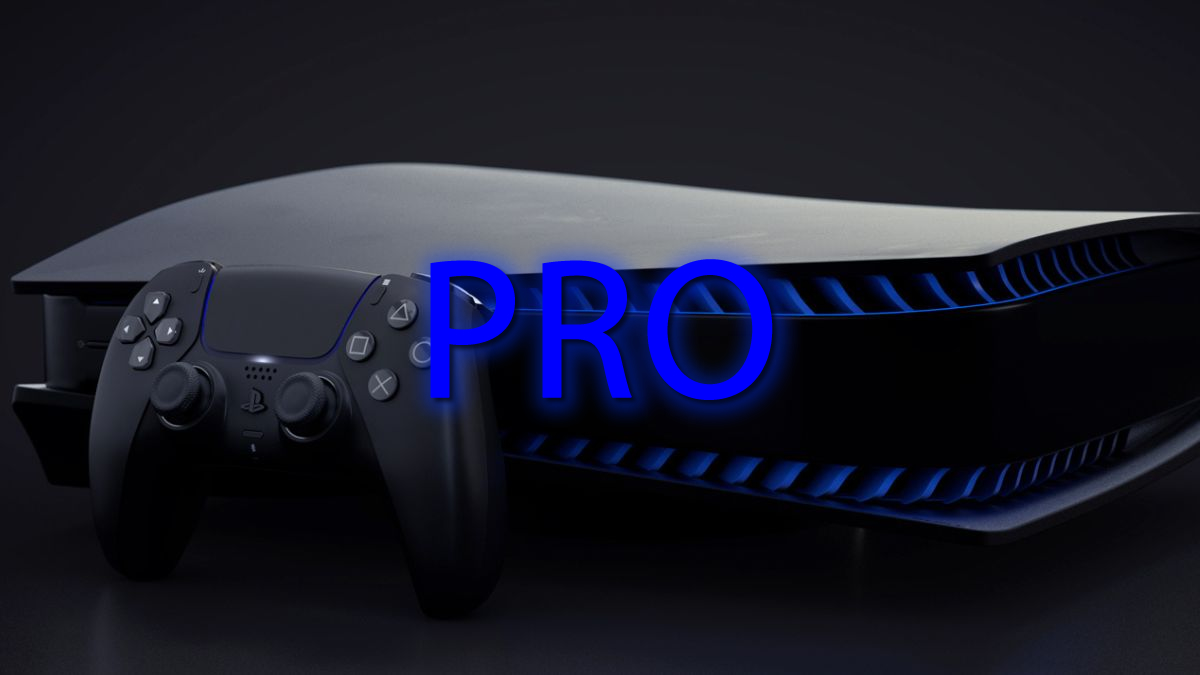Alleged PlayStation 5 Pro Specifications emerge – RDNA 3 graphics and an AI-focused NPU
Sony’s PlayStation 5 Pro reportedly used “Viola” silicon to deliver a massive performance boost
Rumour has it that Sony are working on a PlayStation 5 Pro console, and that development kits are starting to become available to 3rd party developers. This new system from Sony will reportedly feature a new 4nm SoC called Viola, with the PS5 Pro project itself being called Trinity.
Sony’s Project Trinity is built on three technological pillars. These are fast storage, accelerated ray tracing, and scaled up specifications. Sony’s standard PlayStation 5 already features accelerated storage, though it is possible that their PlayStation 5 Pro will ship with a faster storage solution.
GPU-wise, Sony’s PlayStation 5 Pro is said to feature a graphics chip that is primarily based on RDNA 3, but features some of RDNA 4‘s ray tracing enhancements. This means that Sony’s PlayStation 5 Pro should feature a huge boost in ray tracing performance. This comes from both architectural enhancements and a boost in GPU CU count.
Rumours about the AMD Radeon based graphics chip in PS5 Pro are mixed. One source, @Kepler_L2 has stated that it features 60 Compute Units, while another source on ResetEra states that it uses 56 CUs.
Yeah I was actually wrong about that 😅 PS5 Pro uses 60 out of 64 CUs (Viola full config is 2 SE x 2 SA x 8 WGP).
— Kepler (@Kepler_L2) December 11, 2023
PlayStation 5 Pro Upgrades
Sony are reportedly continuing to utilise AMD’s Zen 2 CPU architecture for their PlayStation 5 Pro. This makes sense for compatibility reasons, though the PS5 Pro’s CPU should reach higher core clock speeds. It has been reported that Sony’s PS5 Pro can reach up to 4.4 GHz. This is much higher than the standard PS5’s 3.5 GHz.
With both increases to CPU and GPU performance, Sony’s PS5 Pro console should be able to run supported games at higher resolutions and framerates than on baseline PS5 consoles. This is especially true for games that feature ray tracing, as ray tracing should receive a particularly large performance boost.
Below are the PlayStation 5 Pro’s alleged specifications from ResetEra.
- Viola is fabbed on TSMC N4P.
- GFX1115
- Viola’s CPU is maintaining the zen2 architecture found in the existing PS5 for compatibility, but the frequency will once again be dynamic with a peak of 4.4GHz. 64 KB of L1 cache per core, 512 KB of L2 cache per core, and 8 MB of L3 shared (4 MB per CCX).
- Viola’s die is 30WGPs when fully enabled, but it will only have 28WGPs (56 CUs) enabled for the silicon in retail PS5 Pro units.
- Trinity is the culmination of three key technologies. Fast storage (hardware accelerated compression and decompression, already an existing key PS5 technology), accelerated ray tracing, and upscaling.
- Architecture is RDNA3, but it’s taking ray tracing improvements from RDNA4. BVH traversal will be handled by dedicated RT hardware rather than fully relying on the shaders. It will also include thread reordering to reduce data and execution divergence, something akin to Ada Lovelace SER and Intel Arc’s TSU.
- 3584 shaders, 224 TMUs, and 96 ROPs.
- 16GB of 18 gbps GDDR6. 256-bit memory bus with 576 GB/s memory bandwidth.
- The GPU frequency target is 2.0 GHz. This lands the dual-issue TFLOPs in the range of 28.67 TFLOPs peak (224 (TMUs) * 2 (operations, dual issue) * 2 (core clock)). 14.33 TFLOPs if we ignore the dual-issue factor.
- 50-60% rasterization uplift over Oberon and Oberon Plus, over twice the raw RT performance.
- XDNA2 NPU will be featured for the purpose of accelerating Sony’s bespoke temporal machine learning upscaling technique. This will be one of the core focuses of the PS5 Pro, like we saw with checkboard rendering for the PS4 Pro. Temporally stable upscaled 4K output at higher than 30 FPS is the goal.
- September 2024 reveal
Hardware specifications
On the memory side, Sony’s PlayStation 5 Pro appears to feature a rather lacking memory upgrade. The system will continue to feature 16GB of GDDR6 memory. However, this time the system will feature 18 Gbps GDDR6 memory instead of the 14 Gbps memory used on baseline PS5 consoles. While this memory is 28.5% faster, this boost is small when compared with the overall boost in GPU performance the system features. Does this mean that PS5 Pro could be memory-limited?
| PlayStation 5 | PlayStation 5 PRO (Rumoured) | |
| SOC | 7/6nm Oberon/Oberon+ | 4nm Viola |
| CPU | AMD Zen 2 | AMD Zen 2 |
| CPU Cores/Threads | 8 Cores/ 16 Threads | 8 Cores 16 Threads |
| CPU Clock Speed | Up to 3.5 GHz | Up to 4.4 GHz |
| GPU | AMD RDNA 2 | AMD RDNA 3/4 Hybrid |
| GPU Config | 18 WGP/ 36 CU | 30 WGP/ 60 CU or 28 WGP/ 56 CU |
| GPU Clock Speed | Up to 2.23 GHz | ??? |
| Memory Config | 256-bit GDDR6 | 256-bit GDDR6 |
| Memory Capacity | 16GB | 16GB |
| Memory Speed | 14 Gbps | 18 Gbps |
Will PS5 feature an Neural Processing Unit?
There are also claims that Sony’s PlayStation 5 will feature an XDNA 2 Neural processing unit (NPU). Rumour has it that the AI performance of this NPU could be used to power a bespoke AI upscaling technique. This technology would allow Sony to deliver temporally stable upscaling that is superior to existing solutions. That said, AMD’s RDNA 3 graphics card already feature AI accelerators, which could also be used to serve this purpose. Does PS5 Pro need a dedicated NPU when RDNA 3 can deliver AI acceleration?
We expect to hear more about PlayStation 5 Pro soon. It is only a matter of time before more information leaks out. This is especially true is Sony are indeed sending development kits to 3rd parties.
You can join the discussion on the PlayStation 5 Pro’s alleged specifications on the OC3D Forums.





